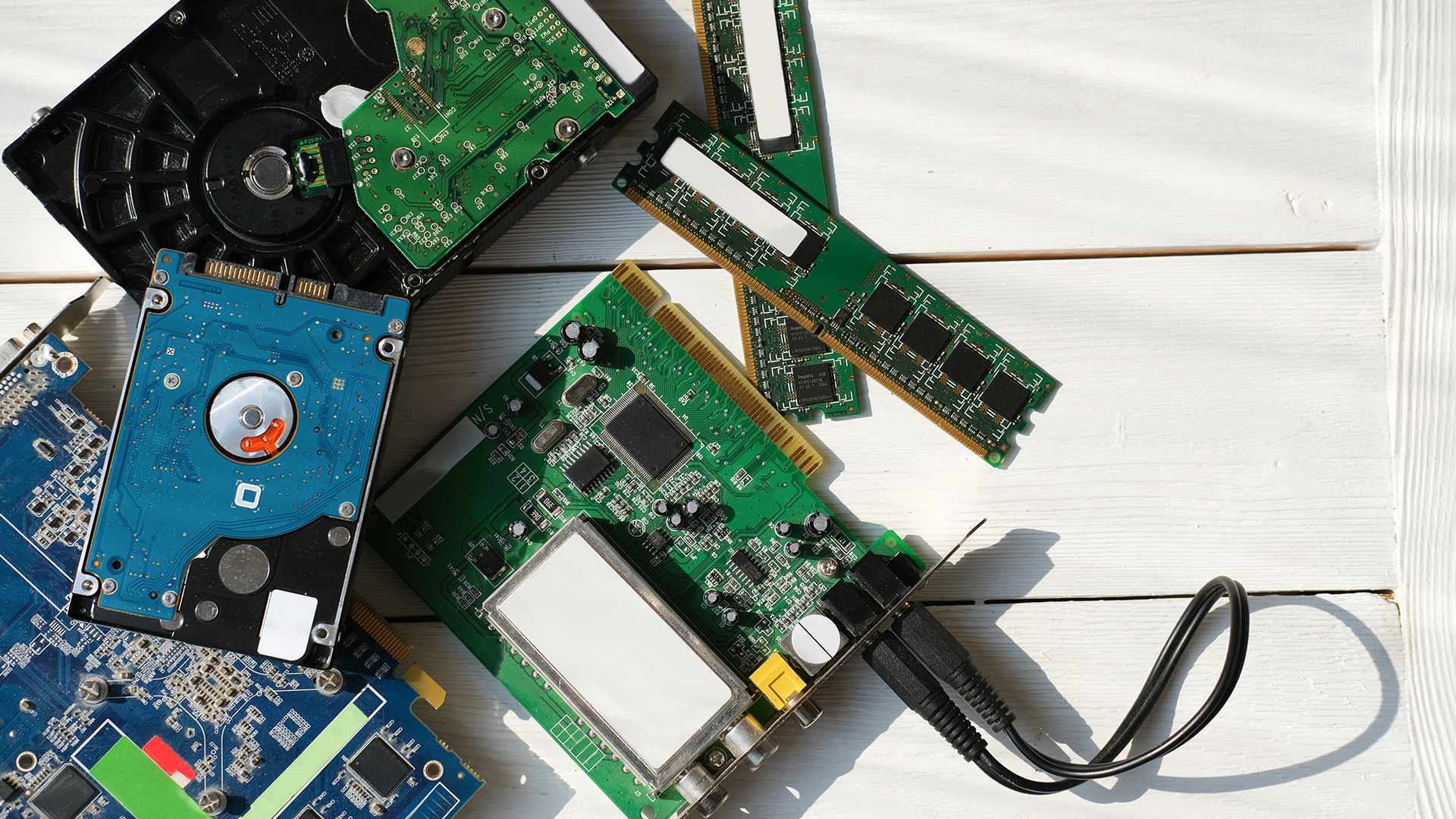As artificial intelligence (AI) continues to reshape industries and revolutionize our lives, it's easy to overlook its environmental footprint. While AI promises efficiency and innovation, its growth comes with significant environmental challenges, especially in the areas of electronic waste (e-waste), resource depletion, and pollution.

E-Waste: The Silent Crisis
The rapid development of AI technologies fuels a demand for high-performance hardware. AI systems often require extensive computing power, driving the production of specialized processors, servers, and data centers. When outdated or discarded, these devices contribute to the growing global e-waste crisis. According to recent studies, less than 20% of e-waste is recycled responsibly, leading to hazardous materials polluting soil and water.
Resource Depletion: Mining for AI
AI's hunger for computational resources also means greater reliance on rare earth minerals like lithium, cobalt, and gold. Mining for these elements not only depletes finite resources but also devastates ecosystems and endangers local communities. Extractive industries often operate in regions with weak environmental protections, exacerbating deforestation and biodiversity loss.
Pollution: The Hidden Emissions
The power consumption of AI systems is staggering. Training a single large AI model can emit as much carbon dioxide as five cars over their lifetimes. This energy demand, fueled by non-renewable sources, accelerates climate change. Furthermore, improper disposal of AI-related hardware releases toxic substances, further polluting the environment.
Innovating for a Greener Tomorrow
As we celebrate World Environment Day, it’s crucial to consider sustainable practices in AI development and use. From improving recycling programs for e-waste to adopting renewable energy sources for data centers, the tech industry has opportunities to lead the charge toward a greener future.
At Arc Technologies, we’re committed to sustainable innovation. Our modular dashboards and BPA solutions not only streamline processes but also prioritize energy efficiency and resource optimization. For actionable tips and insights on making your tech practices more sustainable, subscribe to our newsletter and join the movement for a cleaner planet.
